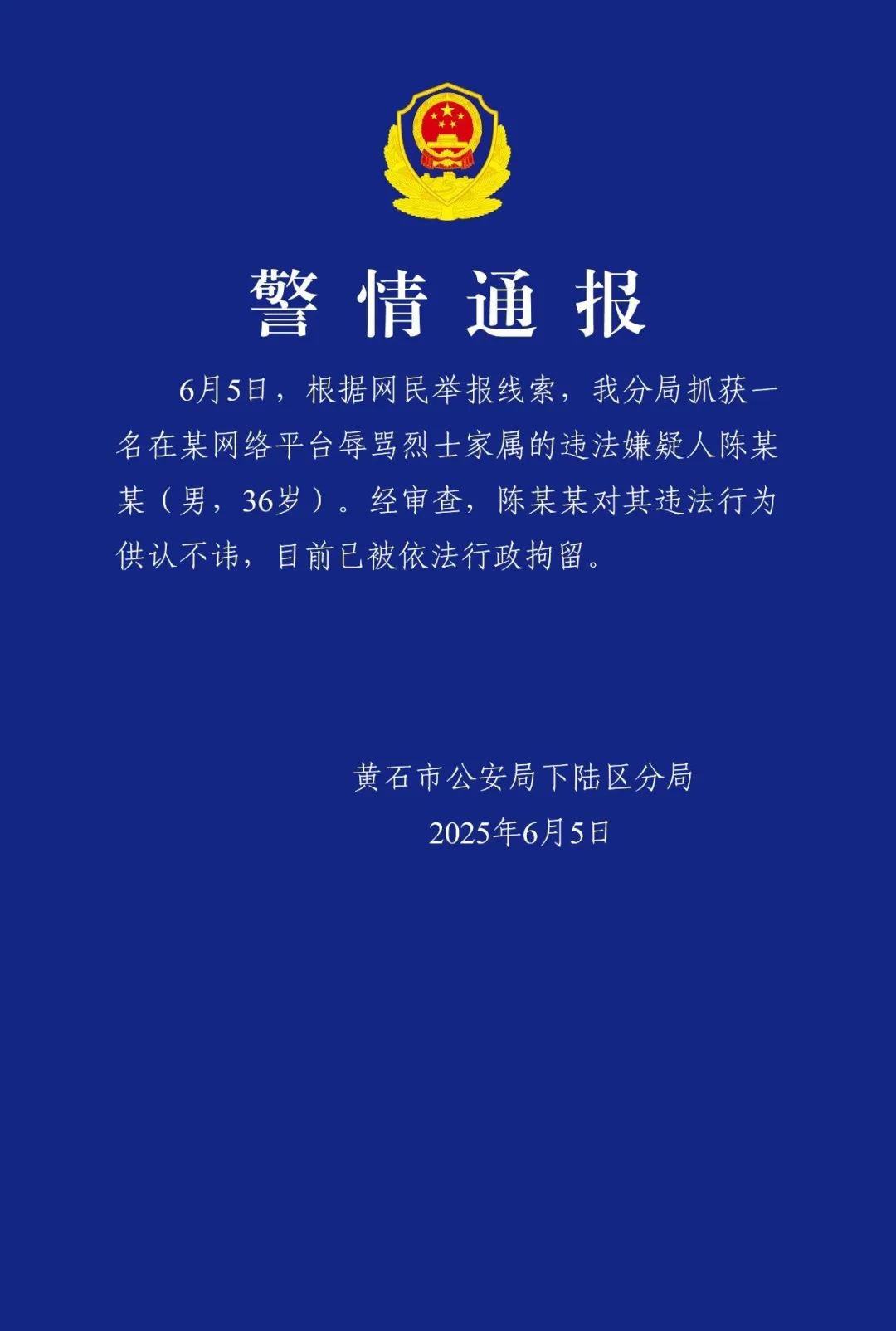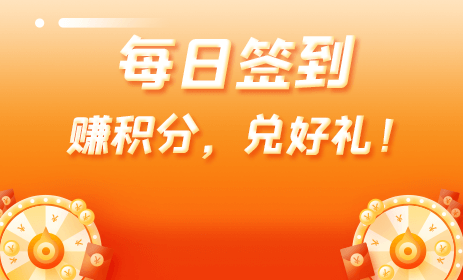Jupiter is 关键字2a cosmic vacuum cleaner.
Owing to its girth — the gas giant wields the mass of 318 Earths — Jupiter can pull many objects into its orbit (though it can fling some toward Earth's neighborhood, too). Astronomers have spotted asteroids or comets large and small impact Jupiter's swirling atmosphere in recent years, including an object a few dozen meters wide blowing up in the gas giant's clouds just this August.
Now, it's happened again.
On Nov. 15, a Japanese amateur astronomer spotted a short-lived flash on Jupiter — a telltale sign of an impact.
"There was another impact on Jupiter last night!," the planetary astronomer Heidi B. Hammel posted on X, the social media site formerly called Twitter, on Nov. 16. "The bright flash is a bolide — a shooting star in the atmosphere of Jupiter. Too small to leave an impact site like we saw in 1994 and 2009."
Mashable Light Speed Want more out-of-this world tech, space and science stories? Sign up for Mashable's weekly Light Speed newsletter. By clicking Sign Me Up, you confirm you are 16+ and agree to our Terms of Use and Privacy Policy. Thanks for signing up! SEE ALSO: NASA spacecraft keeps on going faster and faster and fasterHammel references impacts from much larger objects, like from Comet Shoemaker-Levy 9 in 1994. It left dark splotches on the Jovian surface, including one the diameter of Earth. This space rock veered too close to Jupiter and was torn apart by the intense Jovian gravity, creating fragments up to a half-mile wide.
The much smaller, recent impact can be seen below. The object — either pieces of a comet or perhaps an asteroid — pummeled into molecules in Jupiter's atmosphere, rapidly causing friction and heating up. Then, it explodes.
"It's pretty much a fireball."
"It's pretty much a fireball," Peter Vereš, an astronomer at the Center for Astrophysics-Harvard & Smithsonian, a collaborative research group between the Smithsonian Astrophysical Observatory and the Harvard College Observatory, told Mashable in August when describing a similar Jovian impact event.
This Tweet is currently unavailable. It might be loading or has been removed.
This Tweet is currently unavailable. It might be loading or has been removed.
Collisions are a normal part of our solar system, and space generally. Why, billions of years ago, objects colliding and clumping together formed planets.
Related Stories- NASA spacecraft gets extremely close to volcanic world, snaps footage
- Wow, NASA spacecraft spotted lightning in Jupiter storm
- The best telescopes for gazing at stars and solar eclipses in 2024
- Speeding NASA spacecraft finds a surprise within a surprise
- The biggest asteroids to ever hit Earth were terrifying
Want more scienceand tech news delivered straight to your inbox? Sign up for Mashable's Light Speed newslettertoday.
Objects hit Earth, too, though on a lesser scale. Every single day about 100 tons of dust and sand-sized particles fall through Earth's atmosphere and promptly burn up. Every year, on average, an "automobile-sized asteroid" plummets through our sky and explodes, explains NASA. Impacts by objects around 460 feet in diameter occur every 10,000 to 20,000 years, and a "dinosaur-killing" impact from a rock perhaps a half-mile across or larger happens on 100-million-year timescales.
But in the future, when a colossal rock returns, scientists hope to deflect it.
Featured Video For You
NASA spacecraft gets extremely close to volcanic world, snaps footage
顶: 5227踩: 4
Object hits Jupiter and explodes, space footage shows
人参与 | 时间:2025-06-15 19:42:39
相关文章
- 裸眼3D、VR齐上阵 博博会展现博物馆数智融合新成果
- กัมพูชายอมเปิดด่านบ้านแหลมเคลียร์ผู้คน 2 ปท.ที่ตกค้าง หลังปิดด่านกะทันหัน
- 最适合降温天吃的暖冬硬菜:蚝油香菇鸡翅
- 《光与影:33号远征队》90分钟速通! 配音演员:令人印象深刻
- 8月13日人民币对美元中间价报7.1479元 下调21个基点
- 炉石传说狂野宇宙牧卡组推荐 炉石传说狂野宇宙牧卡组代码
- Scientists discover fascinating tunnel on the moon
- 清理Windows 7服务优化方案
- 喵星猎人兑换码大全2024 喵星猎人兑换码有哪些
- 女子疑被蛇咬身亡事件,三亚凌晨再通报






评论专区